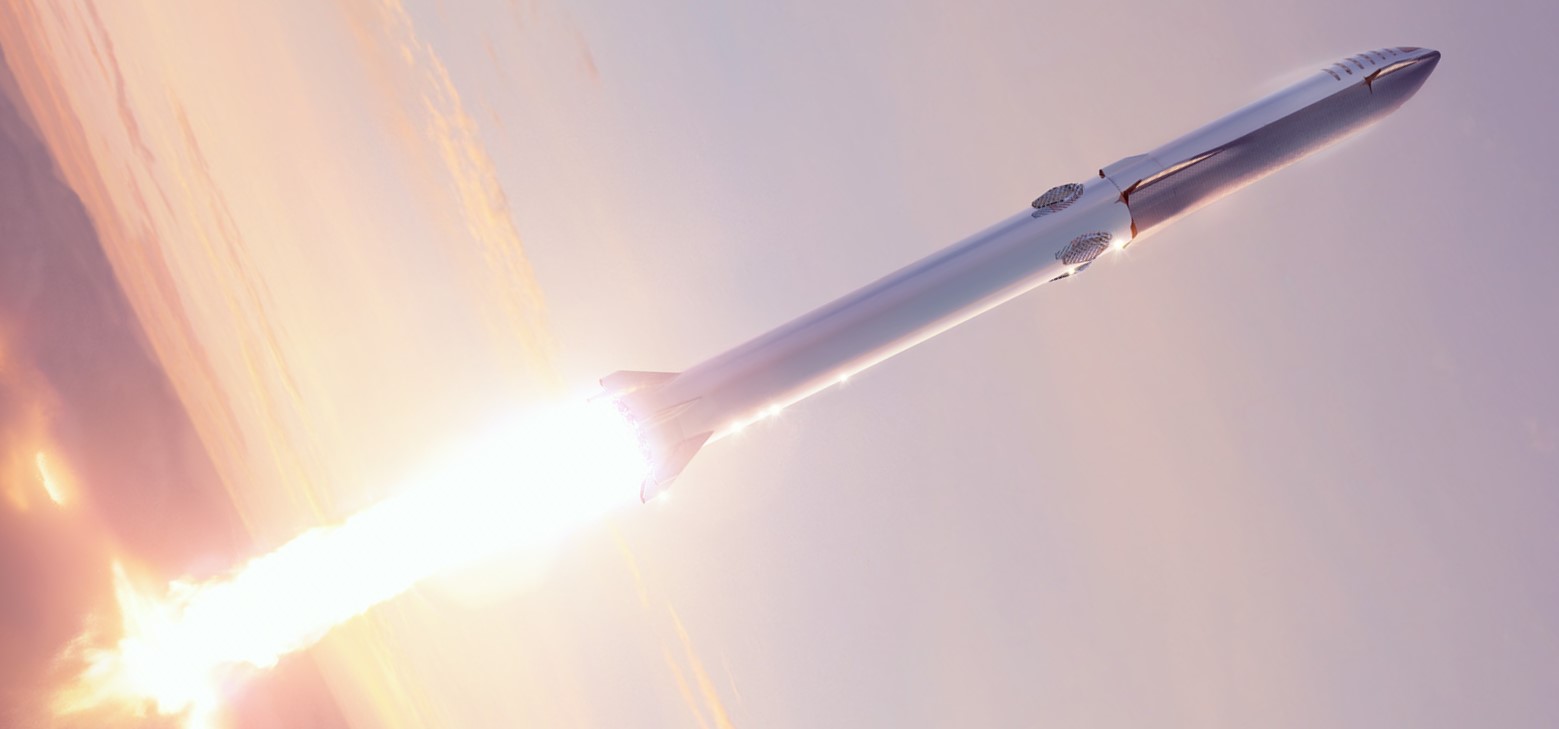
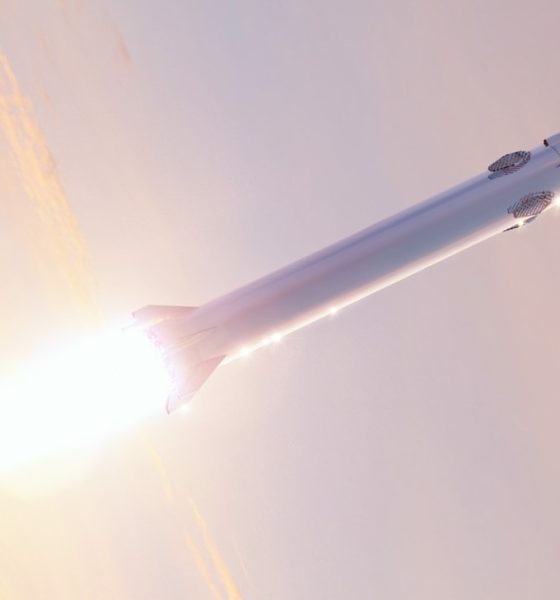
News
SpaceX teases progress towards Starship’s orbital launch debut
A recorded address from SpaceX President and COO Gwynne Shotwell to a graduating class of college seniors unexpectedly teased progress building the 35 Raptor engines that will power Starship’s imminent orbital launch attempt.
In a seemingly calculated move, the famous SpaceX executive’s prerecorded address included a glimpse of a screen on the factory floor tasked with tracking progress towards Starship’s first “orbital launch.” Featuring a basic graphic clearly depicting the aft ends of a Starship upper stage and Super Heavy booster, the display ultimate indicated that SpaceX has already “shipped” at least 11 of the almost three-dozen Raptor engines needed for the combined rocket’s first launch attempt.
Just three months ago, SpaceX CEO Elon Musk confirmed well-sourced reports from NASASpaceflight.com that the company was aiming to attempt Starship’s first orbital launch no later than July 2021. Two months later, regulatory documents revealed more concrete details for said launch attempt, indicating that Starship and Super Heavy’s first combined launch would see the ship spend some 80 minutes in space before reentering and splashing down off the coast of Hawai’i.
Not long after, Musk revealed that SpaceX boosted Super Heavy’s engine count from 28 to 29 and implied that even the first few orbital launch attempts would use a full complement of 29 engines. Combined with Starship’s three sea level and three vacuum-optimized Raptors and indications that the first one or more orbital-class ships and boosters will be expended without any recovery attempt, it became clear that SpaceX would need to radically expand Raptor production to meet such unprecedented demand for engines.
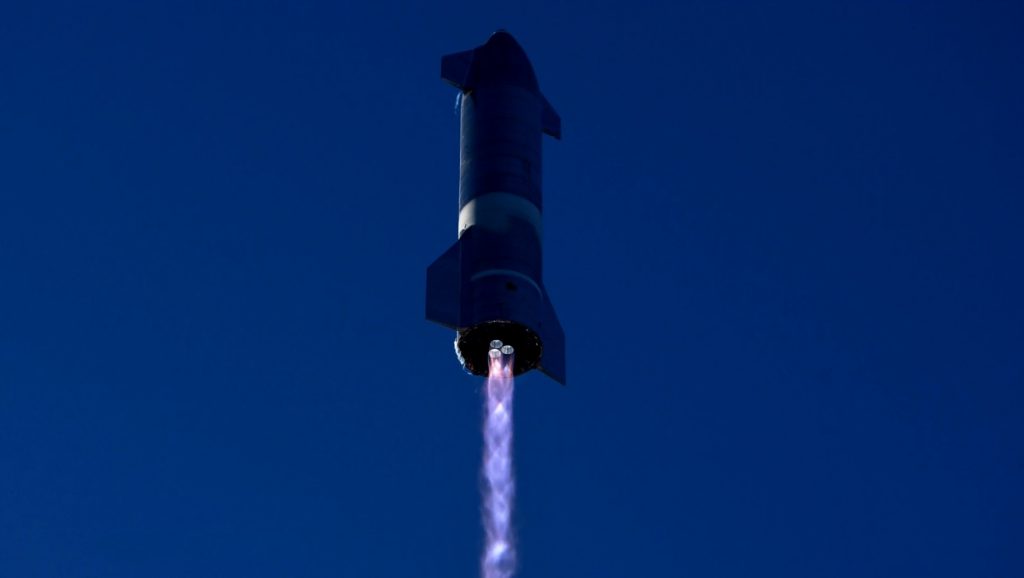
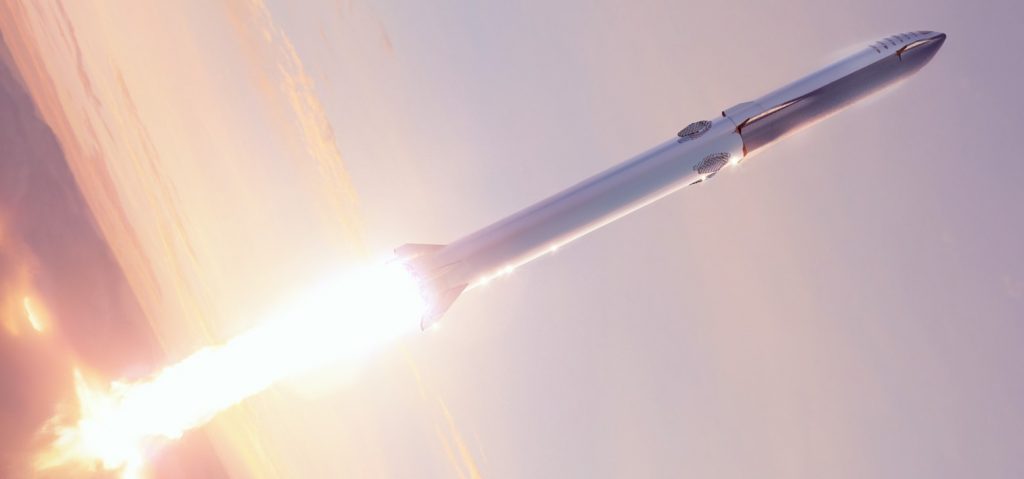
All told, SpaceX will need to manufacture, qualify, and deliver at least 35 Raptor engines to fully outfit every Starship and Super Heavy pair. If initial test flights are meant to expend both stages, that already exceptional challenge expands to require 35 engines for every launch attempt. Eventually, SpaceX’s goal is to manufacture hundreds of Raptor engines per year to outfit dozens of Starships and Super Heavy boosters, but Raptor only began full-scale integrated ground testing a little over two years ago.
Despite the challenges, SpaceX appears to be more than up to them and the display Shotwell walked past within the last month or two suggests that the company’s main Hawthorne, California factory has already “shipped” almost a third of the engines required for Starship’s inaugural orbital test flight. In this case, “shipped” likely means that those 11 engines have left the factory and headed to McGregor, Texas to be cleared for flight.
Several may already have made it through qualification testing and been delivered to Boca Chica – in fact, two new engines arrived at SpaceX’s Starship factory just last weekend. However, the rapid-fire arrival of dozens of Raptors will be unlike anything yet seen in Boca Chica. Altogether, SpaceX has sent a total of 30-35 Raptors to Boca Chica in the last two years. In the runup to Starship’s first orbital launch attempt, possibly as early Q3 2021, SpaceX will need to deliver ~35 Raptors in two months – an unprecedented influx of engines that will be easily tracked by the public.
Perhaps the most intriguing part of SpaceX’s calculated Starship launch teaser is the presence of a 25-day countdown, indicating that something is supposed to happen within the next two to four weeks. Given the display’s focus on “engines shipped,” the timer is likely counting down to an internal shipment target for the mission’s 35th and final engine. If SpaceX hits that target and Shotwell’s class address was recorded within the last week or so, all 35 orbital test flight Raptors could feasibly leave the factory floor by the end of the first full week of July, leaving a few weeks to finish qualification testing and ship each engine to Boca Chica before the end of the month.
If SpaceX can clear all 35 Raptors for flight by the end of July, it’s plausible that clean qualification testing could leave the first orbital-class Starship and Super Heavy booster ready for their launch debut in August or September – and almost certainly before the end of the year.

News
Tesla China delivery centers look packed as 2025 comes to a close
Needless to say, it appears that Tesla China seems intent on ending 2025 on a strong note.
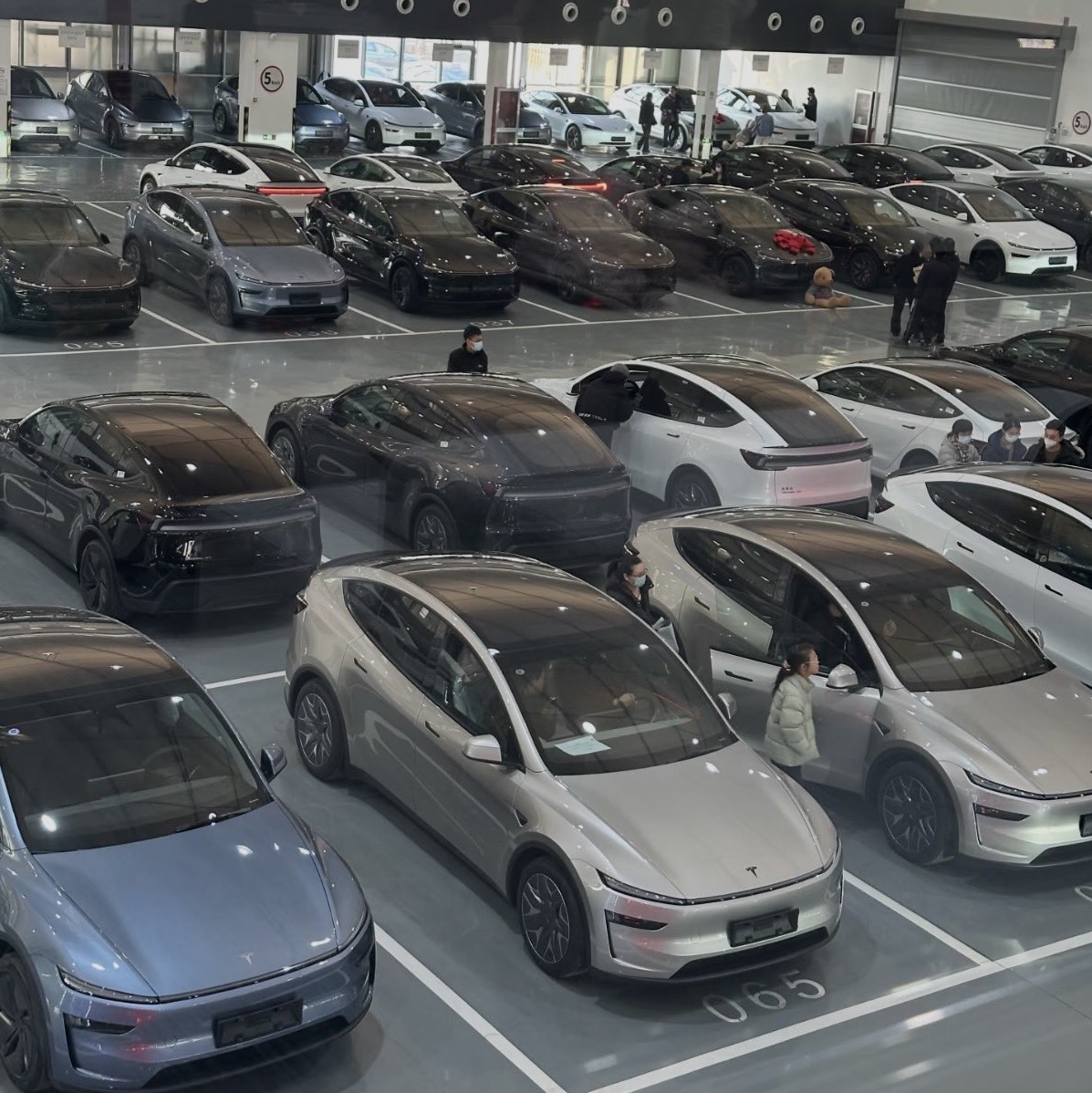
Tesla’s delivery centers in China seem to be absolutely packed as the final days of 2025 wind down, with photos on social media showing delivery locations being filled wall-to-wall with vehicles waiting for their new owners.
Needless to say, it appears that Tesla China seems intent on ending 2025 on a strong note.
Full delivery center hints at year-end demand surge
A recent image from a Chinese delivery center posted by industry watcher @Tslachan on X revealed rows upon rows of freshly prepared Model Y and Model 3 units, some of which were adorned with red bows and teddy bears. Some customers also seem to be looking over their vehicles with Tesla delivery staff.
The images hint at a strong year-end push to clear inventory and deliver as many vehicles as possible. Interestingly enough, several Model Y L vehicles could be seen in the photos, hinting at the demand for the extended wheelbase-six seat variant of the best-selling all-electric crossover.
Strong demand in China
Consumer demand for the Model Y and Model 3 in China seems to be quite notable. This could be inferred from the estimated delivery dates for the Model 3 and Model Y, which have been extended to February 2026 for several variants. Apart from this, the Model Y and Model 3 also continue to rank well in China’s premium EV segment.
From January to November alone, the Model Y took China’s number one spot in the RMB 200,000-RMB 300,000 segment for electric vehicles, selling 359,463 units. The Model 3 sedan took third place, selling 172,392. This is quite impressive considering that both the Model Y and Model 3 are still priced at a premium compared to some of their rivals, such as the Xiaomi SU7 and YU7.
With delivery centers in December being quite busy, it does seem like Tesla China will end the year on a strong note once more.
News
Tesla Giga Berlin draws “red line” over IG Metall union’s 35-hour week demands
Factory manager André Thierig has drawn a “red line” against reducing Giga Berlin’s workweek to 35 hours, while highlighting that Tesla has actually increased its workers’ salaries more substantially than other carmakers in the country.
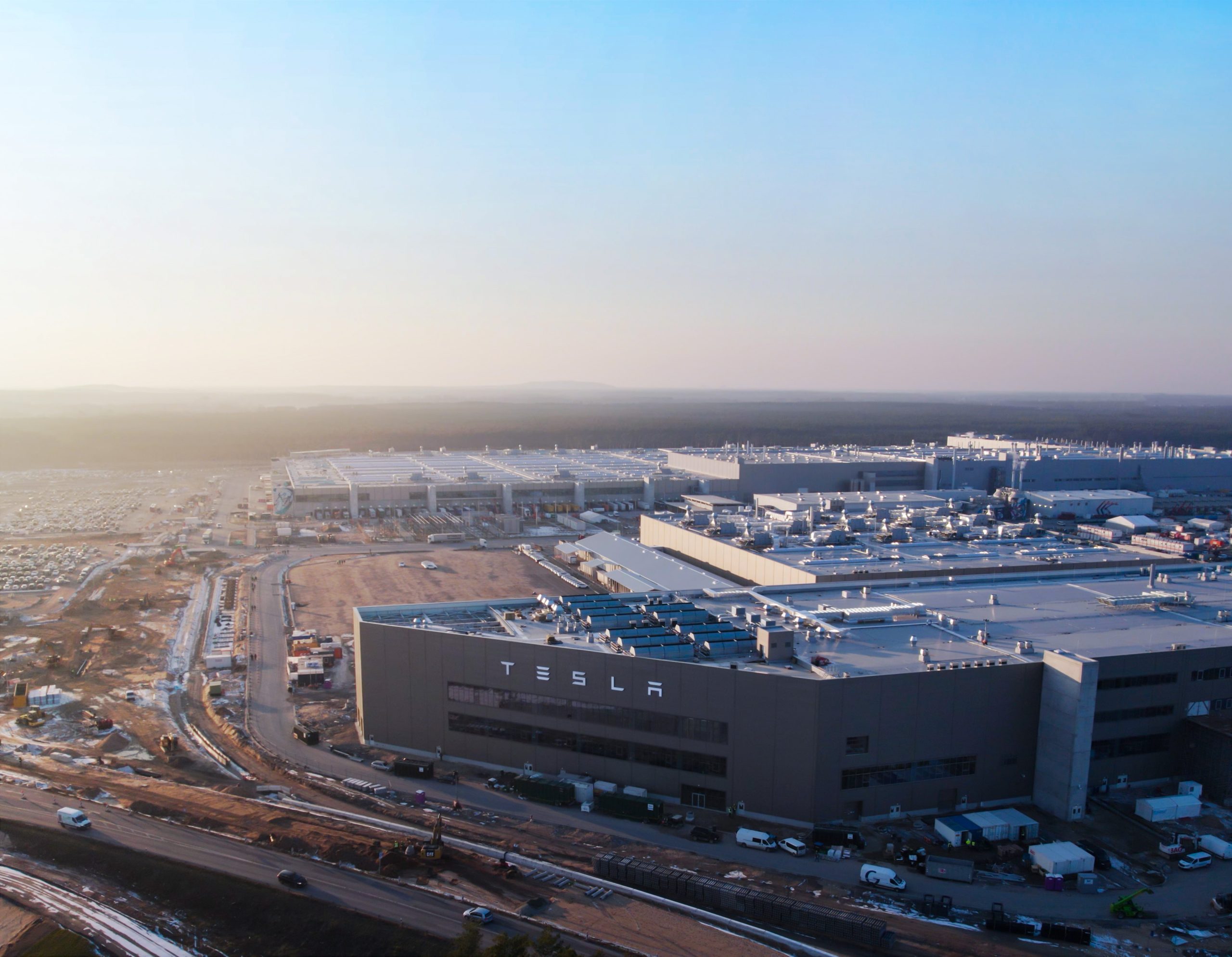
Tesla Giga Berlin has found itself in a new labor dispute in Germany, where union IG Metall is pushing for adoption of a collective agreement to boost wages and implement changes, such as a 35-hour workweek.
In a comment, Giga Berlin manager André Thierig drew a “red line” against reducing Giga Berlin’s workweek to 35 hours, while highlighting that Tesla has actually increased its workers’ salaries more substantially than other carmakers in the country.
Tesla factory manager’s “red line”
Tesla Germany is expected to hold a works council election in 2026, which André Thierig considers very important. As per the Giga Berlin plant manager, Giga Berlin’s plant expansion plans might be put on hold if the election favors the union. He also spoke against some of the changes that IG Metall is seeking to implement in the factory, like a 35-hour week, as noted in an rbb24 report.
“The discussion about a 35-hour week is a red line for me. We will not cross it,” Theirig said.
“(The election) will determine whether we can continue our successful path in the future in an independent, flexible, and unbureaucratic manner. Personally, I cannot imagine that the decision-makers in the USA will continue to push ahead with the factory expansion if the election results favor IG Metall.”
Giga Berlin’s wage increase
IG Metall district manager Jan Otto told the German news agency DPA that without a collective agreement, Tesla’s wages remain significantly below levels at other German car factories. He noted the company excuses this by referencing its lowest pay grade, but added: “The two lowest pay grades are not even used in car factories.”
In response, Tesla noted that it has raised the wages of Gigafactory Berlin’s workers more than their German competitors. Thierig noted that with a collective agreement, Giga Berlin’s workers would have seen a 2% wage increase this year. But thanks to Tesla not being unionized, Gigafactory Berlin workers were able to receive a 4% increase, as noted in a CarUp report.
“There was a wage increase of 2% this year in the current collective agreement. Because we are in a different economic situation than the industry as a whole, we were able to double the wages – by 4%. Since production started, this corresponds to a wage increase of more than 25% in less than four years,” Thierig stated.
News
Tesla is seeing a lot of momentum from young Koreans in their 20s-30s: report
From January to November, young buyers purchased over 21,000 Teslas, putting it far ahead of fellow imported rivals like BMW and Mercedes-Benz.

Tesla has captured the hearts of South Korea’s 20s-30s demographic, emerging as the group’s top-selling imported car brand in 2025. From January to November, young buyers purchased over 21,000 Teslas, putting it far ahead of fellow imported rivals like BMW and Mercedes-Benz.
Industry experts cited by The Economist attributed this “Tesla frenzy” to fandom culture, where buyers prioritize the brand over traditional car attributes, similar to snapping up the latest iPhone.
Model Y dominates among young buyers
Data from the Korea Imported Automobile Association showed that Tesla sold 21,757 vehicles to the 20s-30s demographic through November, compared to BMW’s 13,666 and Mercedes-Benz’s 6,983. The Model Y led the list overwhelmingly, with variants like the standard and Long Range models topping purchases for both young men and women.
Young men bought around 16,000 Teslas, mostly Model Y (over 15,000 units), followed by Model 3. Young women followed a similar pattern, favoring Model Y (3,888 units) and Model 3 (1,083 units). The Cybertruck saw minimal sales in this group.
The Model Y’s appeal lies in its family-friendly SUV design, 400-500 km range, quick acceleration, and spacious cargo, which is ideal for commuting and leisure. The Model 3, on the other hand, serves as an accessible entry point with lower pricing, which is valuable considering the country’s EV subsidies.
The Tesla boom
Experts described Tesla’s popularity as “fandom culture,” where young buyers embrace the brand despite criticisms from skeptics. Professor Lee Ho-geun called Tesla a “typical early adopter brand,” comparing purchases to iPhones.
Professor Kim Pil-soo noted that young people view Tesla more as a gadget than a car, and they are likely drawn by marketing, subsidies, and perceived value. They also tend to overlook news of numerous recalls, which are mostly over-the-air software updates, and controversies tied to the company.
Tesla’s position as Korea’s top import for 2025 seems secured. As noted by the publication, Tesla’s December sales figures have not been reported yet, but market analysts have suggested that Tesla has all but secured the top spot among the country’s imported cars this year.








